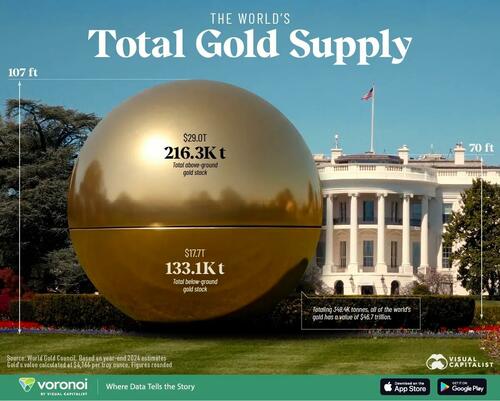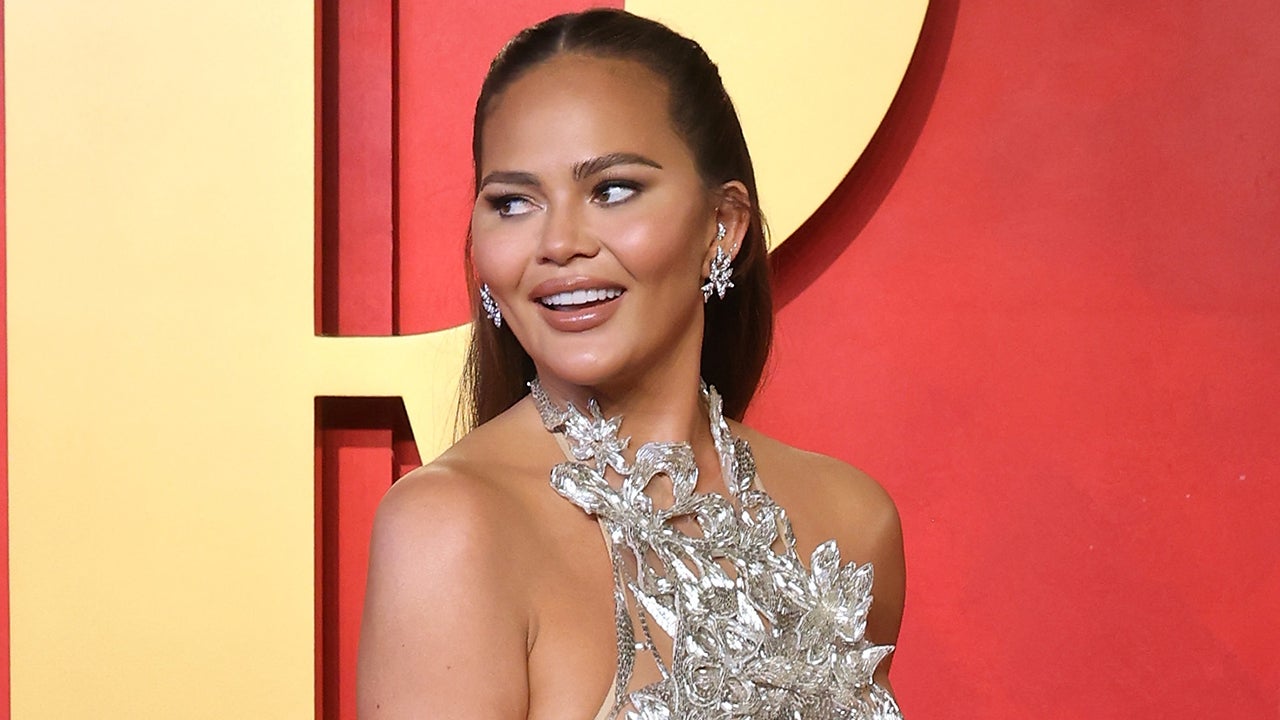As Samvat 2078 draws to an end, a look back at how Indian share markets have performed might leave investors disappointed. Broadly, we’ve been left poorer by about 1% to 2%, going by the change in our benchmark stock indices over this traditional accounting year. It has been our worst performance in seven years (as returns in most have been in either double or high single digits). Yet, we can draw comfort from comparisons with other markets. Over the same span of time, most key stock indices have fared worse as monetary conditions tighten and recession anxiety grips the US and Europe while China’s covid-hit economy slows to a crawl. Investors in these markets have lost considerable money, so we in India could count ourselves lucky to have preserved more of our capital in a year that saw the pandemic ebb but a war break out.
Curiously, Indian equities held up relatively well despite several other adverse factors. The price-earnings ratio of the country’s main index has deflated from a bloated figure of over 30 to the early 20s now, but this is still above the high teen levels seen as sustainable over long periods of time. Profit growth, driven mostly by cost cuts during the pandemic crisis, might flag if demand does not rebound strongly soon. The cost of capital is rising both in the West and in India, and foreign institutional investors (FIIs), whose actions have long set the direction of our bourses, have been in sell-off mode. So far in 2022, they have shed almost ₹1.8 trillion worth of Indian equity holdings. In the past, such heavy selling has caused big tumbles. But robust domestic buying has kept local stocks supported this time, with its momentum drawn from a post-covid retail rush for shares. New demat accounts saw a boom, even as mutual funds ran campaigns casting a wide net to draw household savings into stocks. Indices were pushed up partly by the availability of cheap credit worldwide. Since an extraordinary expansion of money began to reverse about halfway through Samvat 2078, though, the question has been whether our equity markets have ‘decoupled’ from other major exchanges.
To the extent that Indian indices depend less than they did earlier on inflows from abroad, a decoupling of sorts is visible. It may also chime with brighter readings of economic growth. However, we must not get carried away with a sense of insulation from global tides of liquidity. Not only is India’s structural exposure to such forces the same, our covid rescue echoed the West’s. While our stimulus was smaller, it left us bearing similar pressures. With deposit rates in particular and safe debt in general now paying a bit more as monetary policy tightens, further rate hikes could turn their real returns positive and let debt compete with equity again for the money of savers. While banks in need of funds to sustain credit growth—which is far outpacing deposits—have begun raising their payouts, steeper hikes would likely be needed. Appetite for equity risk may fade as we go along. It might vanish in a flash, too, should the world economy take a worse turn than priced in. After a mega-dose of money injected for covid relief, policy reversal is a rather risk-laden path, with global stagflation among the worst-case scenarios that could unfold. There could also be unforeseen costs imposed by geopolitical divisions. While India’s economic growth is a bright spot, even a cause for cheer, let’s take a sober view of Samvat 2079’s prospects. It would help keep the mood of equity investors sustainably celebratory.
Download The Mint News App to get Daily Market Updates.
More
Less














